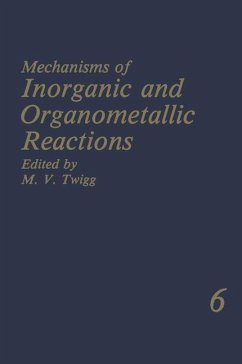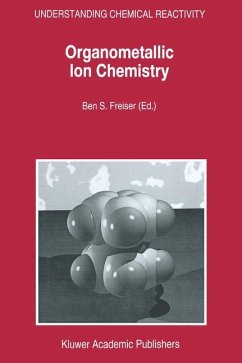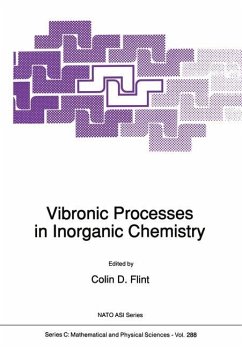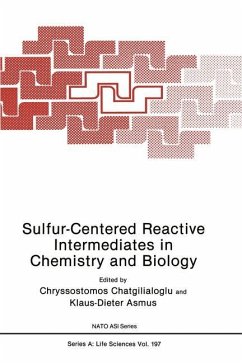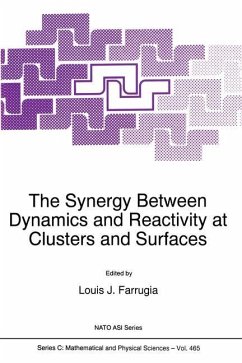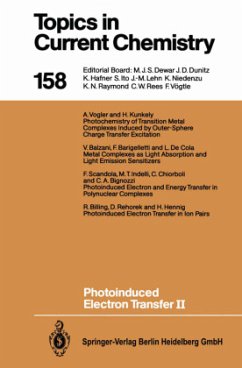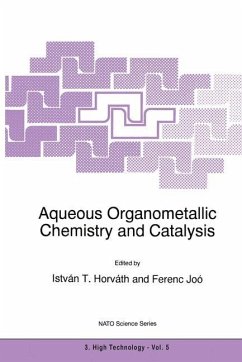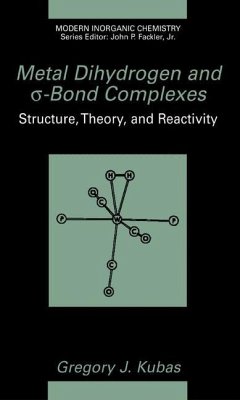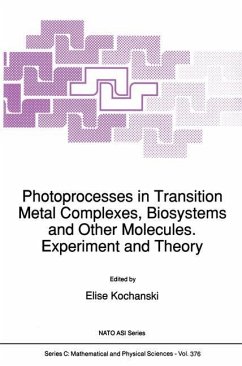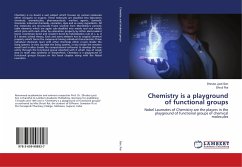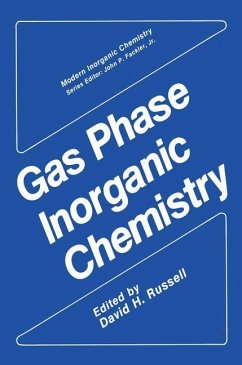
Gas Phase Inorganic Chemistry

PAYBACK Punkte
20 °P sammeln!
The field of gas phase inorganic ion chemistry is relatively new; the early studies date back approximately twenty years, but there has been intense interest and development in the field in the last ten years. As with much of modern chemistry, the growth in gas phase inorganic ion chemistry can be traced to the development of instrumentation and new experimental methods. Studies in this area require sophisticated instruments and sample introduc tion/ ionization methods, and often these processes are complicated by the need for state-selecting (or collisionally stabilizing) the reactive species...
The field of gas phase inorganic ion chemistry is relatively new; the early studies date back approximately twenty years, but there has been intense interest and development in the field in the last ten years. As with much of modern chemistry, the growth in gas phase inorganic ion chemistry can be traced to the development of instrumentation and new experimental methods. Studies in this area require sophisticated instruments and sample introduc tion/ ionization methods, and often these processes are complicated by the need for state-selecting (or collisionally stabilizing) the reactive species in order to assign the chemistry unequivocally. At the present level of experimental development, a wide range of experiments on diverse ionic systems are possible and many detailed aspects of the chemistry can be studied. Gas Phase Inorganic Chemistry focuses on the reactions of metal ions and metal clusters, and on the study of these species using the available modern spectroscopic methods. Three of the twelve chapters cover the chemistry of ionic monometal transition metal ions and the chemistry of these species with small diatomics and model organics. Two of the chapters focus on the studies of the chemical and physical properties of (primarily) transition metal clusters, and these chapters review experimental methods and capabilities. Two chapters also deal with the chemistry of transition metal carbonyl clusters, and these chapters address issues important to cluster growth and activation as well as the characterization of such species.



